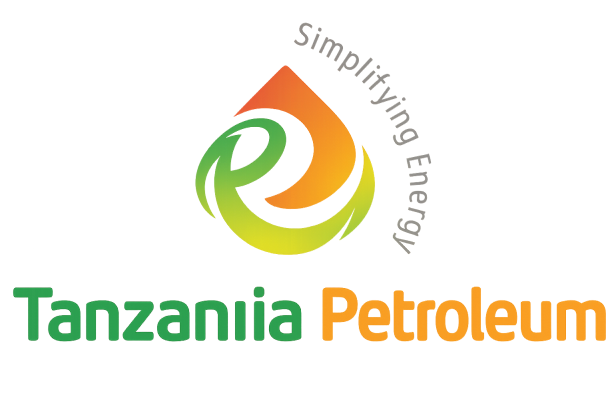When investors consider opening a petrol station in Tanzania, many assume: “High traffic equals high profit.”
However, traffic volume alone is not a reliable indicator of fuel demand. Some of the busiest roads host petrol stations that underperform, simply because investor decisions are based on assumptions rather than data.
Understanding how location impacts petrol station profitability is crucial for long-term success.
Why Location Intelligence Matters More Than Road Traffic
Profitability isn’t just about visibility. Smart investors consider driver behavior and local demand patterns. Key factors include:
- Driver type:Are vehicles mostly private cars, commercial trucks, or buses? Different vehicles have different refueling habits.
- Refueling frequency:How often do drivers stop in this area? High traffic doesn’t guarantee frequent fuel stops.
- Station accessibility:Can vehicles easily enter and exit? Poor access can drastically reduce potential sales.
These details often determine whether a petrol station thrives or struggles.
How Smart Petrol Station Investors Choose Locations
Top-performing petrol station owners in Tanzania rely on location intelligence a instead of guesswork. They use:
- Traffic pattern analysis– Identify peak hours and vehicle flow
- Vehicle segmentation– Target the most profitable vehicle types
- Accessibility mapping– Ensure smooth entry and exit for customers
- Competitor proximity analysis– Avoid oversaturated areas
- Fuel volume forecasting– Project sales based on actual behavior
By using these tools, investors select sites that maximize profitability rather than just attracting traffic.
How Visible Authority Supports Fuel Station Investors
At Tanzania Petroleum we help Tanzanian petrol station investors and operators:
- Identify locations with the highest long-term demand potential
- Analyze local fuel consumption patterns
- Minimize the risk of poor site selection
Our approach combines on-ground research, behavioral insights, and advanced analytics to provide a clear picture before you commit to any site.
Conclusion: Profit Follows Intelligence, Not Traffic
In Tanzania’s competitive fuel market, location intelligence is the key to sustainable profits. Don’t rely on road traffic alone — understand the drivers, the patterns, and the demand before investing.






